Why is the timer indicator always on in my Panasonic CS-NE9LKE Air Conditioner?
- Mmegan90Aug 18, 2025
The timer indicator is always on in your Panasonic Air Conditioner because the timer setting repeats daily once it is set.
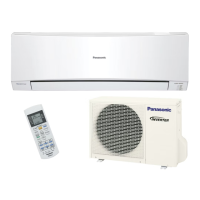
Why is the timer indicator always on in my Panasonic CS-NE9LKE Air Conditioner?
The timer indicator is always on in your Panasonic Air Conditioner because the timer setting repeats daily once it is set.
Why does my Panasonic CS-NE9LKE make a cracking sound during operation?
The cracking sound you hear from your Panasonic Air Conditioner is due to temperature changes causing the expansion and contraction of the unit.
Why does my Panasonic CS-NE9LKE Air Conditioner airflow continue after operation has stopped?
The airflow continues in your Panasonic Air Conditioner even after it has stopped to extract any remaining heat from the indoor unit; this process takes a maximum of 30 seconds.
Why is there a delay after restarting my Panasonic Air Conditioner?
The delay you experience after restarting your Panasonic Air Conditioner is a protection mechanism for the unit’s compressor.
Why does my Panasonic Air Conditioner outdoor unit emit water or steam?
The Panasonic Air Conditioner outdoor unit emits water or steam due to condensation or evaporation occurring on the pipes.
Why does mist emerge from my Panasonic CS-NE9LKE indoor unit?
The mist emerging from your Panasonic Air Conditioner indoor unit is a condensation effect due to the cooling process.
Why does my Panasonic CS-NE9LKE make a water flowing sound during operation?
The water flowing sound you hear during the operation of your Panasonic Air Conditioner is due to the refrigerant flow inside the unit.
Why does the indoor fan in my Panasonic CS-NE9LKE Air Conditioner stop occasionally during heating operation?
The indoor fan in your Panasonic Air Conditioner stops occasionally during heating operation to avoid an unintended cooling effect.
Why does my Panasonic Air Conditioner indoor fan stop occasionally during automatic fan speed setting?
The indoor fan in your Panasonic Air Conditioner stops occasionally during automatic fan speed setting to help remove surrounding odours.
Why does the power indicator blink on my Panasonic CS-NE9LKE before it's switched on?
The blinking power indicator on your Panasonic Air Conditioner before it's switched on is a preliminary step in preparation for operation when the ON timer has been set.
| Brand | Panasonic |
|---|---|
| Model | CS-NE9LKE |
| Category | Air Conditioner |
| Language | English |
Defines the temperature ranges for cooling, heating, and special heat modes.
Safety precautions for the indoor and outdoor units.
Safety guidelines concerning the remote control.
Safety information for power cords, outlets, and earthing.
Warnings about specific situations like fire risk or electric shock.
Explains how to turn the unit on/off and set temperature using the remote.
Details how to select different operation modes like Heat, Cool, Dry, and Fan.
Instructions for adjusting airflow direction and fan speed.
How to use Patrol Sensor and e-ion features for air quality.
Using QUIET mode for low noise and POWERFUL mode for quick cooling.
Guide to setting the timer for automatic operation.
Step-by-step guide for cleaning the indoor unit and its components.
Guidance on cleaning filters and the e-ion generator.
Using the Auto OFF/ON button for operation when the remote is unavailable.
Explains common symptoms that do not indicate a unit fault.
Essential checks to perform before calling for professional servicing.
Instructions on how to retrieve and interpret error codes from the unit.
Information for users in the European Union on waste and battery disposal.
Guidance for proper disposal of products in countries outside the European Union.
Explanation of the battery symbol and its meaning.
Checks to perform before restarting the unit after a period of inactivity.
Conditions that require immediate professional service.
How to insert batteries and set the clock on the remote control.
Guide to using key buttons like MODE, OFF/ON, and TEMP.
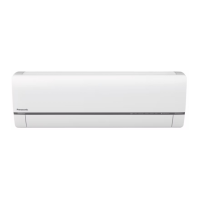
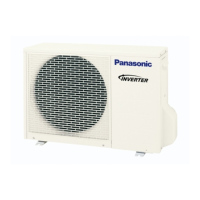

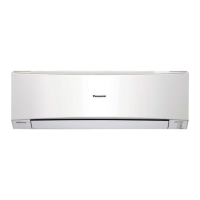
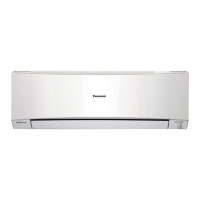
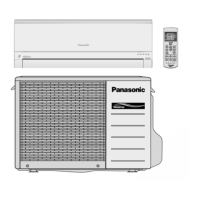
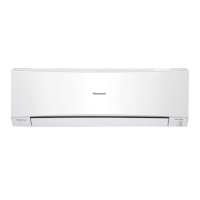



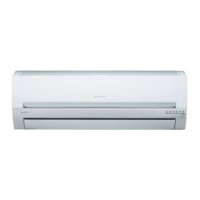

